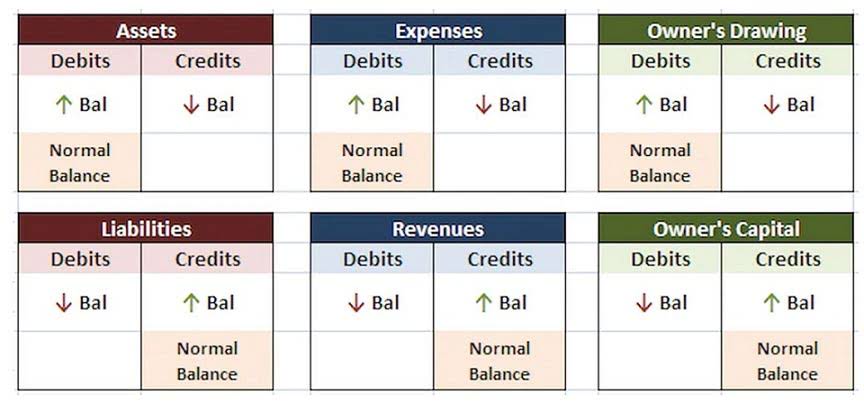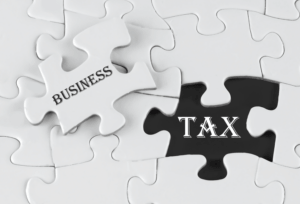
Varying types of expenses may either be listed in different columns or they may receive distinct codes. An entry to record the payment is included in the cash disbursement journal when the disbursement or cash payment is made. The cash disbursement journal is posted to the general ledger every month. Here are some examples of disbursements and their entries for better understanding. For example, a company wrote a check to pay Company A for inventory purchased on May 16.

What is the Difference Between a Payment and a Disbursement?
In the preceding example, if Baker Co. paid the $1,450 owed, there would be a debit to Cash for $1,450 and a credit to Accounts Receivable. A notation would be made in the reference column to indicate the payment had been posted to Baker Co.’s accounts receivable subsidiary ledger. After Baker Co.’s payment, the cash receipts journal would appear as in Figure 7.21. When recording cash payments to suppliers it is common for the cash disbursement journal to include a discounts received column.
What are Examples of Disbursements?
- Our work has been directly cited by organizations including Entrepreneur, Business Insider, Investopedia, Forbes, CNBC, and many others.
- The cash disbursement journal is posted to the general ledger every month.
- Some companies also use it to record purchases of other supplies on account.
- By contrast, balances in cash accounts are commonly reconciled at the end of the month after the issuance of the monthly bank statement.
For example, if we overpaid our electric bill, we could get a refund check in the mail. We would use the cash receipts journal because we are receiving cash, but the credit cash disbursement journal example would be to our Utility Expense account. If you look at the example in Figure 7.23, you see that there is no column for Utility Expense, so how would it be recorded?

What Is Cash Disbursement In Accounting?
Cash disbursement journals are used to track all cash payments made by a company, including expenses, payroll, and other disbursements. Accurate record-keeping is important for financial reporting and budgeting to keep track of the cash flows. Bookkeepers and accounting systems record transactions in the cash disbursements journal before the transactions are posted to the general ledger, accounts payable ledger, and other ledgers. The cash payment journal is used to record the cash disbursements made by check, including payments on account, payments for cash merchandise purchase, payments for various expenses, and other loan payments.

Cash Payment Journal: Definition
In contrast, all the receipts of cash are recorded in the cash receipt journal. All entries in the cash disbursement journal have a credit to cash, as all the cash receipt journal entries have a debit to cash. As these accounts are posted, the account number is entered into the post reference column.
We’ve highlighted some key details about single-, double-, and triple-column cash books with examples of what each looks like below. The negative balance may be recorded as a credit balance in the accounts payable account. The opposite of this transaction would be a debit balance in the vendor account which will be treated as positive disbursement. For example, suppose a business pays an amount exceeding the charges for a service and later gets a refund for the excess money paid. In that case, the refund is documented as a negative disbursement in the company’s accounting records. Delayed disbursements involve holding onto funds for a longer period in the company’s checking account before releasing payments.
Disbursement Check
- This article will tell you what you need to know about keeping a cash disbursement journal, and how to create your own.
- Normally most cash payments are to suppliers for credit purchases and the subsidiary ledger updated is the accounts payable ledger.
- To use the single-column version of the cash book, transactions are noted in one column.
- At the period end two checks are carried out to prove the information has been correctly transferred to the ledgers.
- Unlike credit card payments, there is not an automatic system recording each transaction.
Posting cash disbursement journal to ledger accounts

